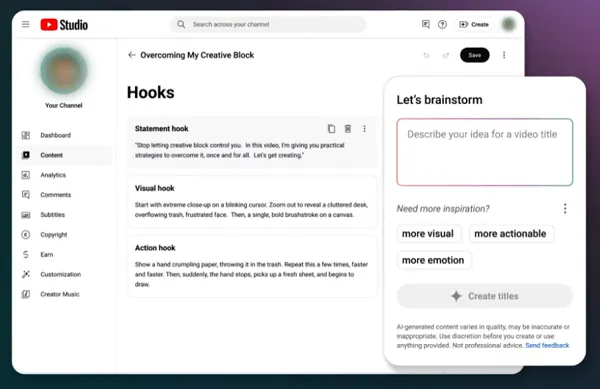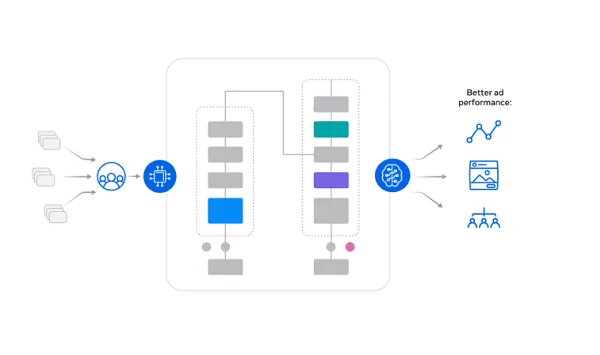Strategic planning is one of those things that’s easy to push off because, let’s face it, running a business keeps you busy. But here’s the deal: if you don’t have a clear plan, it’s way harder to hit your goals. You’ll just be spinning your wheels instead of moving forward.
At Duct Tape Marketing, we’ve been tweaking our strategic planning process for years, and it’s been a game-changer. Since we started using this approach, we’ve grown our revenue by over 20% every year.
If you’re ready to map out your best year yet, let’s take a look at how we do it.
What Is Strategic Planning, Really?
Strategic planning is just a fancy way of saying you’re making a plan to reach your goals and figuring out how to take action. It’s about thinking big (one-year and three-year goals) and then breaking it down into smaller, manageable chunks you can focus on every quarter.
A lot of people skip strategic planning because they feel too busy, or they don’t follow through after they make the plan. That’s why having a simple system makes all the difference.
Our Go-To Framework for Strategic Planning
At Duct Tape Marketing, we mix mindset, goal-setting, and action steps into a process that actually works. Here’s how:
1. Get Clear on What Matters to You
Before you dive into business goals, take a minute to think about your personal values. What drives you? What matters most? When you’re clear on this, it’s way easier to stay motivated and make decisions that align with what you care about.
Try This:
Grab a notebook (or our handy spreadsheet) and brainstorm what’s important to you. Is it work-life balance? Making an impact? Financial security? Once you have your list, rank your top 10. These are your guideposts for staying focused and grounded as you plan.
2. Lay the Foundation for Your Business
Your business needs a strong foundation. This means knowing your purpose, values, what makes you unique, and who your ideal customers are. This step sets the stage for everything else you’ll do—from marketing to operations.
Ask Yourself:
-
Why does my business exist? What’s the deeper purpose?
-
What values define how we operate and interact with clients?
-
How are we different from competitors in our space?
-
Who are we trying to help? What do they need from us?
Taking the time to answer these questions creates clarity and ensures every decision you make aligns with your bigger picture.
3. Write Down Your Goals
If you don’t write it down, it’s not a real goal—it’s just a wish. Studies show that people who write their goals are way more likely to achieve them. For your business, focus on revenue and profit targets for the next year and three years.
SMARTER Goals:
We use a twist on the classic SMART goals. Our SMARTER goals are:
-
Specific: Clear and actionable.
-
Measurable: Define success with numbers.
-
Achievable: Set a stretch goal, but keep it realistic.
-
Relevant: Align with your overall strategy.
-
Time-Based: Set a deadline.
-
Empowering: Goals should inspire you and your team.
-
Reflective: Make sure they align with your values and purpose.
4. Figure Out Your “Why”
This one’s huge. Why do your goals matter? When things get tough (and they will), your “why” is what keeps you going and reminds you why you started in the first place.
Example:
“I want to grow revenue by 20% because it will let me provide stability for my family, expand my team, and give back to my community.”
A strong “why” is like a north star—it keeps you motivated and focused no matter what challenges come your way.
5. Plan Quarterly Priorities
Breaking your big goals into quarterly priorities makes them way less overwhelming. Plus, it gives you a chance to adjust as things change, whether that’s in your business or the market.
What to Do:
-
Set a specific revenue target for the quarter.
-
Identify three main priorities to focus on.
-
Break each priority into smaller projects with clear deadlines and team assignments.
By tackling one quarter at a time, you’ll feel a sense of accomplishment and build momentum towards your bigger goals.
6. Schedule Time for Your Plan
All the planning in the world won’t help if you don’t take action. Block time on your calendar to work on your priorities—and treat it like an unbreakable meeting.
Pro Tip:
Experiment with what works for you. Maybe you dedicate Mondays to strategy or block out mornings for focused work. The key is sticking to your schedule and showing up for yourself just like you would for a client or team meeting.
How AI Can Make Planning Easier
AI tools like ChatGPT can help you work smarter and make strategic planning more effective. Here’s how:
-
Analyze your data for trends, opportunities, and patterns.
-
Compare your priorities to long-term goals to ensure alignment.
-
Use AI to streamline repetitive tasks, freeing up time for high-level thinking and strategy.
AI isn’t just a tool—it’s like having a data analyst and assistant by your side, helping you make better decisions faster.
Tying It All Back to Marketing
Strategic planning isn’t just for operations—it’s the foundation for effective marketing too. At Duct Tape Marketing, we use a Marketing Strategy Pyramid that builds on your business strategy. Once you know where you’re headed, you can create a marketing plan that supports your goals and drives real results.








































![Spider-Man Is Back in Black With the Green Goblin in New Funko Pop! Figures [Exclusive] Spider-Man Is Back in Black With the Green Goblin in New Funko Pop! Figures [Exclusive]](https://static1.colliderimages.com/wordpress/wp-content/uploads/2025/03/spider-man-the-animated-series-green-goblin.jpg)






























